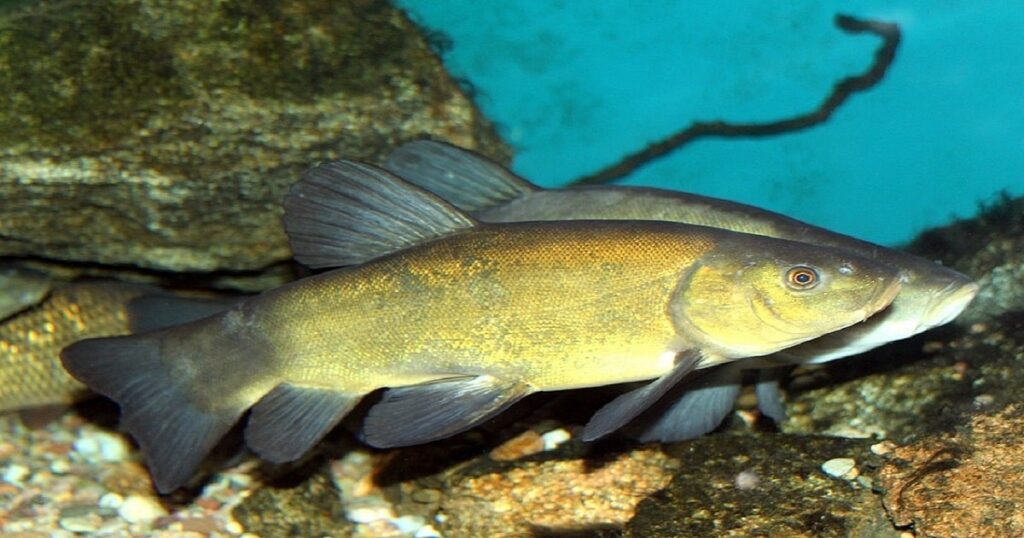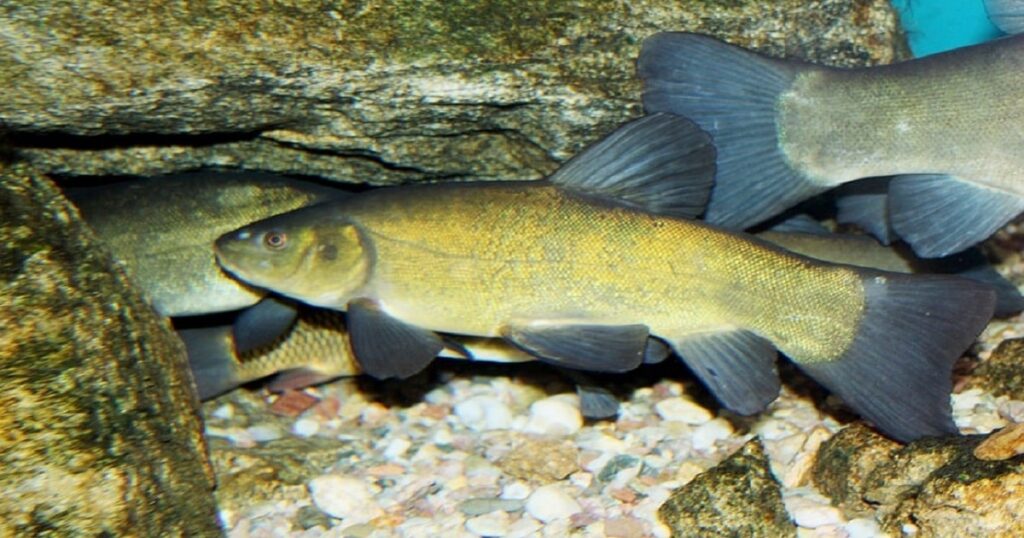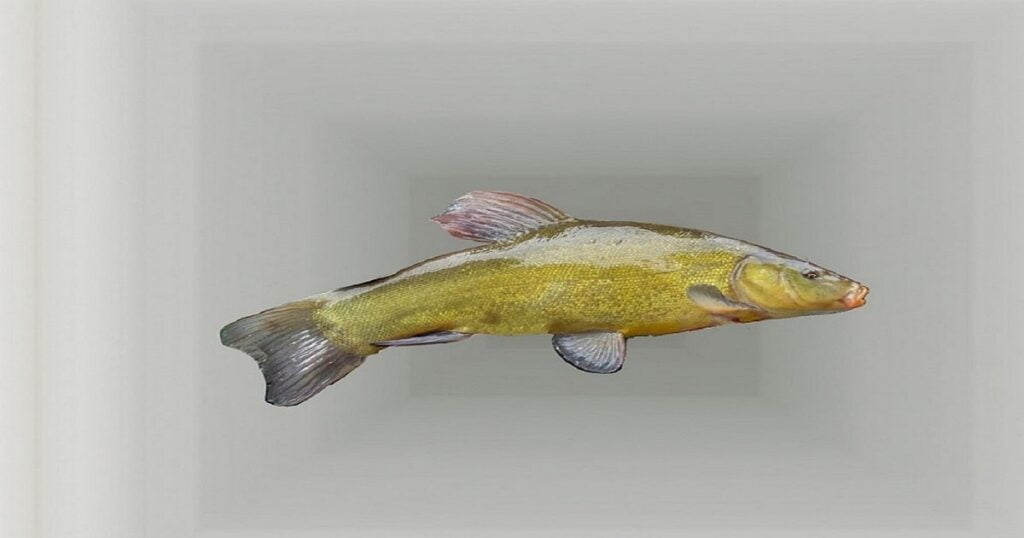Tench, also known as Tinca tinca, are a popular sport fish that can be found in freshwater bodies throughout Europe and Asia. They are known for their distinctive greenish-bronze colour, and are a prized catch for anglers due to their size and fighting spirit.
Habitat
Tench are found in slow-moving or still freshwater bodies such as ponds, lakes, canals, and slow rivers. They prefer warm, weedy, and muddy areas with plenty of cover and shelter, and can often be found near the margins of water bodies. They are native to Europe and Asia, but have been introduced to other parts of the world including Australia and North America.
Feeding Habits
Tench are omnivorous, feeding on a variety of aquatic plants, insects, crustaceans, and small fish. They are known to be bottom feeders, often rooting around in the mud for food. They are most active during the early morning and late evening, and tend to be less active during the heat of the day.

Size and Lifespan
Tench can grow up to 70 cm (27.5 in) in length and weigh up to 7 kg (15.5 lbs). However, most tench caught by anglers are between 1-3 kg (2.2-6.6 lbs).
The average tench can live for up to 10-12 years in the wild. However, tench have been known to live up to 20 years under optimal conditions, such as a healthy habitat and good levels of nutrition.
Record Catches
The current world record for tench has stood for over 20 years and is held by British angler Roy Lewis. Roy, caught a tench weighing 15 lb 3 oz (6.9 kg) from a lake in West Sussex, England back in 2001.
Across Europe, tench weighing over 10 lbs (4.5 kg) are considered trophy fish and some notable other catches have been:
- Tench weighing 14lb 13 oz (6.75 kg) caught in 2018 by British angler Darren Ward in Kent, England.
- A 14lb 8 oz (6.6 kg) tench caught by Dutch angler Jelle de Boer from a lake in the Netherlands in 2016.
- A tench weighing 14 lb 7 oz (6.6 kg), caught from a lake in Essex. England by British angler Andy Maker in 2017.
Its worth noting that many large tench catches go unreported to the media. This is to prevent lakes being overwhelmed by trophy fish hunters.

How to Identify a Tench
Tench are easily recognizable by their greenish-bronze colour, large scales, and small barbels (whiskers) around their mouth. They have a thick, almost cylindrical body shape with a slightly rounded head and a small, down-turned mouth. They are often mistaken for carp or bream, but can be distinguished by their smaller mouth and barbels.
Tench are also covered in a thick layer of mucus, or slime. Many anglers refer to them as the doctor fish with this slime having some form of mystical healing power…that hasn’t been proven so give your hands a quick wash after catching one!

How to Catch a Tench
Tench fishing can be done with a variety of fishing tackle and bait, but the most common method is float fishing with a light rod and reel.
The ideal fishing tackle for tench is a rod between 10-12 feet in length with a sensitive tip, a small fixed-spool reel, and 4-6 lb monofilament line.
Tench can be caught on a variety of baits, including sweetcorn, worms, maggots, and pellets. Many tench anglers swear by using a mix of groundbait, hempseed, and maggots to attract the fish.
When fishing for tench, it’s important to use a light touch and pay close attention to the float. Tench are known to be shy and can be easily spooked, so it’s important to be quiet and stealthy when approaching your fishing spot.
When you get a bite, strike gently but firmly and play the fish carefully to avoid it getting off the hook.
In conclusion, tench are a popular sport fish found throughout Europe and Asia. They can be tricky to catch due to their shyness but the put up a great fight and are worth the effort. You should make finding tench fishing near you a priority soon!